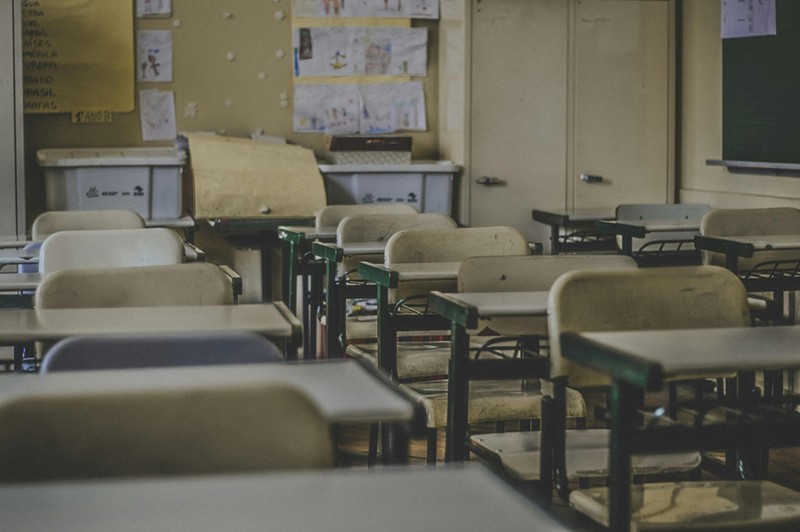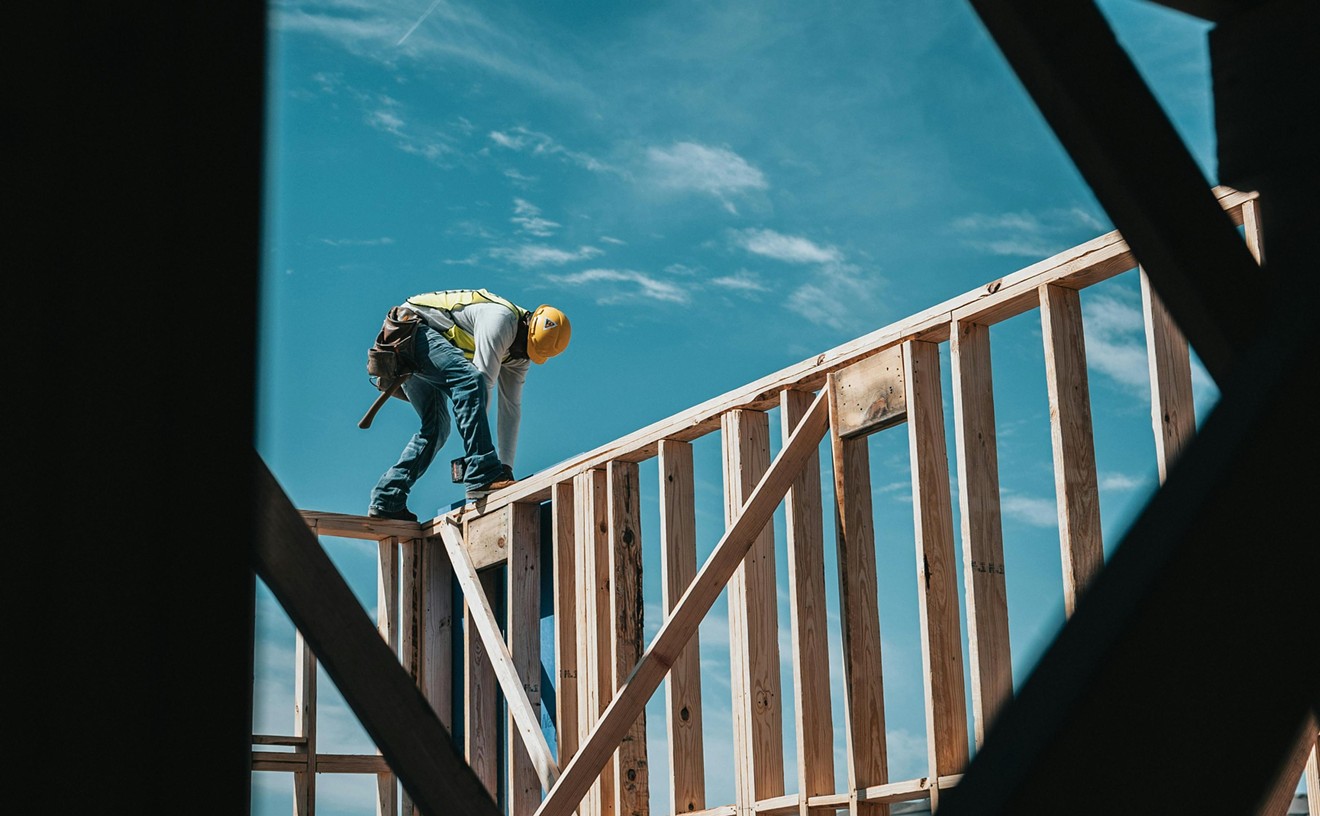“It [homelessness] doesn’t exist. I’m not going to have to do anything with that,” he said of his corner of Plano. But he soon realized he was sorely mistaken. “I did not like what I encountered,” he said.
The McKinney-Vento Homeless Assistance Act created a program to help homeless youth gain access to education across the country. Homeless youth in school are identified through a student residency questionnaire.
In 2022, there were 966 McKinney-Vento students identified in Plano ISD. The following year, there were hundreds more. This is likely an undercount, as it can be difficult to identify homeless students because they don’t often want to be identified. Thomas said students may be fearful that their school might call CPS on their parents if staff find out they’re homeless.
That’s not what would happen, though, Thomas said. He and the others on the panel, which included representatives from several other school districts, said they come at student homelessness without judgment and just try to help youth where they are.
Carrie Stevens, another McKinney-Vento foster care liaison with Plano ISD, said there were 1,365 homeless students in the district last year. “It’s a little bit frightening,” Thomas said of the number. He said school staff should be trained to spot telltale signs of student homelessness. The more homeless students a district can identify, the more likely it is to get resources to help.
Summer Martin, director of counseling for the Richardson Independent School District, said many people are unaware that homelessness exists in their city. The district just doesn’t have a full account of all of its homeless students. She added that it can be hard to ensure these kids even return for the next school year.
“We are still trying to find students,” Martin said.
Brenda LaCroix is the director of student services for the Carrollton-Farmers Branch Independent School District. She said the landscape of student homelessness is changing and the needs are becoming more diverse. “You have a mixture of needs with families,” she said. “Obviously, poverty and inflation has pushed people out of their apartment homes. But now we have families that are coming in from countries that are struggling.”“We’re pushing our kids, pushing them out to live in a different situation." – Ashley Marshall, Dallas ISD
tweet this
Homeless refugee students face even more challenges, like language barriers and getting acclimated to a new environment, Martin said. Last year, there were over 2,400 homeless students in Richardson ISD. Over a thousand of them were refugees.
There were 1,800 refugee students in CFBISD last year. “They have no idea about the systems here, how school works, where to go for support, if they can get support,” LaCroix said. “A lot of families are struggling with not just housing but food and learning how to navigate life here, which has added a level of complexity. Many families don’t get the help they need because they’re fearful, of course.”
Undocumented people have even more trouble getting help because they don’t have identification, Stevens said. She recalled helping a dad and his daughter who were living in their car. They went from shelter to shelter looking for a place to stay with no luck. All of the shelters wanted to help, but couldn’t because the family didn’t have proper ID. Eventually, the father and daughter ended up in their own apartment, but it was a tough situation to get through, Stevens said. “It was gut-wrenching,” she said.
LaCroix said a large number of families in her district double up in one-bedroom apartments. Another issue is parents struggling with mental health and drug addiction issues, which compound the problem of student homelessness. “Unfortunately, that has impacted their living situation,” she said.
Student homelessness isn’t getting any better, and judging from the comments during the Wednesday presentation, the people tackling it need more help. “I would say that we need some support in order to reach all the needs that are starting to grow,” LaCroix said.
Ashley Marshall is the manager of the Homeless Education Program at Dallas ISD. She said it’s hard not to cry sometimes when discussing student homelessness. She pointed out that the increasing lack of affordable housing in North Texas is making student homelessness worse.
“We’re pushing our kids, pushing them out to live in a different situation,” she said.
There were some 4,700 kids identified as homeless in DISD last year, Marshall said. But she said the district is getting better at outreach and finding students who need help. A lack of funding doesn’t make the issue any easier to solve. Marshall noted that her funding from the state was slashed by $100,000 this year. DISD also had to get rid of 17 specialists it was paying with federal pandemic relief funds. The other districts expressed the same frustration with a lack of funding.
Even staff members with children at these school districts struggle with homelessness. “We’re not just helping our kids, but we also help our district family,” Marshall said. “I’m not going to hang up the phone just because it’s a teacher calling me because I want that teacher to be OK.”
Tackling student homelessness is a tough job, one that is being addressed even when many in a given school district don't even know it's a problem.
“We love them. We care for them,” LaCroix said of the homeless students. “We want them to be fed, be clothed, be a part of our community and not experience chronic homelessness. We want them to get out of it stronger.”












